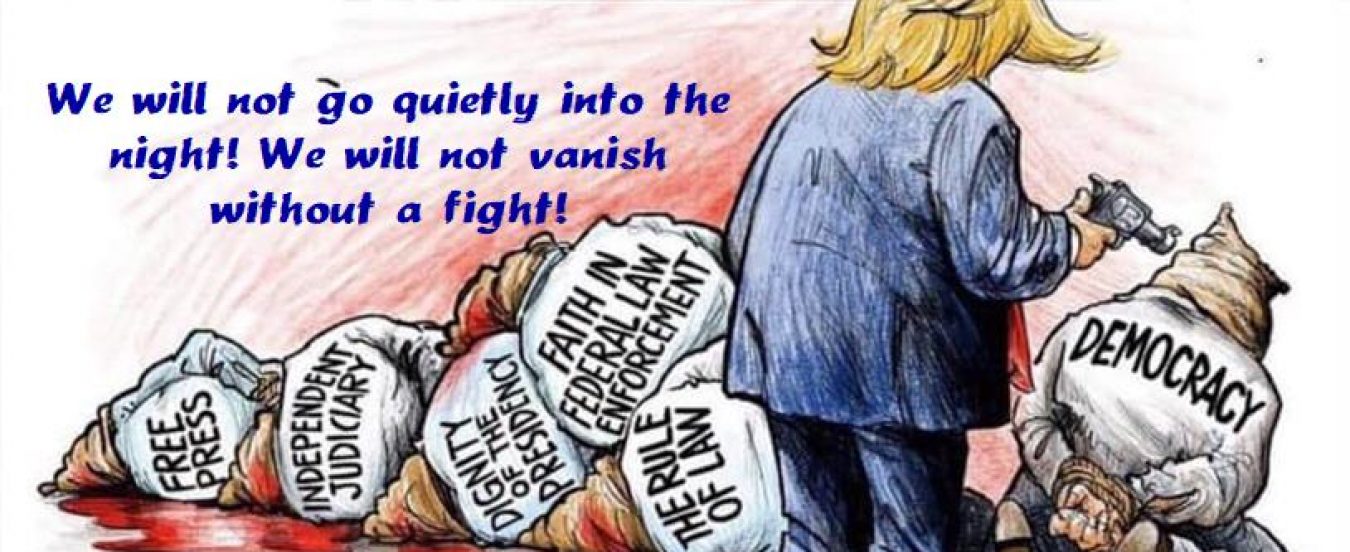Archaic though our Second Amendment is – a vestigial relic of completely different times – I realize that common sense will always lose to its very strict wording.
And, as I have pointed out, there will never be enough states to ratify the repeal of that amendment. It is here to stay, the 180 gun deaths over the recent holiday weekend notwithstanding.
Which means it is time to consider something besides gun control as a means to curbing our violent tendencies.
Second Amendment worshipers say, “Guns don’t kill people; people kill people.” And in June, a knife-wielding guy in Germany killed five people and injured others.
So, if Plan A: Gun Control is doomed, we need to shift to Plan B: Attitude Adjustment – on a major scale.
A simple, symbolic and economical means of changing the American reliance on violence as a problem-solver of the first order would be to abolish the capital punishment throughout the country.
I was a long-time supporter of the death penalty. My reasoning was that some crimes were so horrific that those who committed them had forfeited their membership in the unirace. But, the long, slow institutionalized executions bespeak a deliberate cruelty on par with the coldest murderers.
The Equal Justice Initiative (EJI) puts it succinctly: “The question we need to ask about the death penalty in America is not whether someone deserves to die for a crime. The question is whether we deserve to kill.”
That is an awful (full of awe) responsibility to assume as cavalierly as many do. It also sets an unhealthy precedent for solving problems.
Back in the 1980’s, I encountered the notion of Redemptive Violence. I cannot find my source, but, in a nutshell, it stands for the archetypal myth of the hero rising up to inflict destruction and death upon particularly heinous offenders.
Much of popular story-telling revolves around the notion, the simplest examples being the Charles Bronson Death Wish movies – and Bruce Willis reprised the avenging angel role in 2018 – where we are treated to prurient violence against innocent victims which justifies the rest of the movie’s violent revenge. We get to participate in both sides of the evil.
The death penalty is another example of redemptive violence. We glorify bloody revenge that creates just such an ambience over society as a whole.
Someone’s driving inconveniences you? Eliminate the problem with extreme prejudice. Redeem yourself with violence.
Your life is hard? Make it harder on others. Redeem yourself with violence.
You are frightened of unirace cousins who do not resemble yourself? Overcome that fear. Redeem yourself with violence.
As long as a society demonstrates that violence is the cure-all for its problems, we can expect its members to adopt the same philosophy.
Yes, EJI statistics indicate that, ”For every nine people executed, one person on death row has been exonerated.”
Yes, EJI shows that “African Americans make up 42 percent of people on death row and 34 percent of those executed,but only 13 percent of the population is Black.
Sure, according to EJI, “Mental health experts estimate at least 20 percent of people on death row today have a serious mental illness.”
And, we certainly need no statistics to realize that capital punishment acts as no deterrence whatsoever to those bent on violence.
But, along with the inequalities in death penalty executions, which many choose to ignore, the message that killing a person solves a problem creates the atmosphere of accepted violence that threatens us all.
Furthermore, the elimination of capital punishment is an issue which should unite soft-hearted liberals and “right-to-life” conservatives, who can point to the example of Cain and Abel. God, acting as judge, did not strike Cain down dead. He separated him from society – at a time when he had just killed 25 percent of the world population.
(Gary Edmondson is chair of the Stephens County Democratic Party. Longer versions of his columns can be found at scdpok.us or facebook.com/SCDPOK/.)
